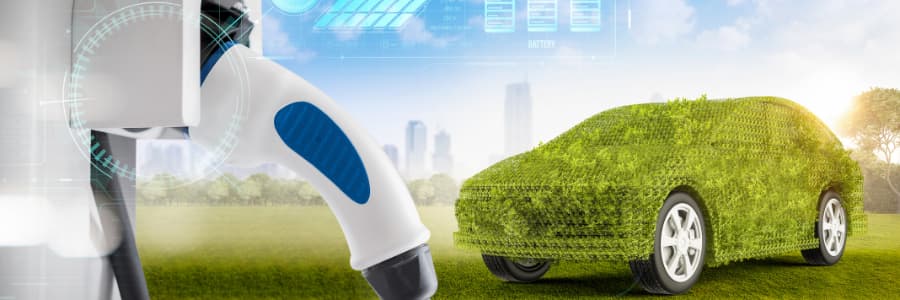In 2021, there were 6.5 million electric vehicles (EVs) on the roads. By 2030, that number is set to climb to 350 million.
Utilities and grid operators need to address the challenge of accommodating the increase in electricity demand that EVs will lead to sooner rather than later. In other words, preparing energy grids for EVs is a top priority.
One option is to build new power plants and expand transmission and distribution infrastructure. However, the costs would be incredibly high.
For example, in American states like Texas and California, where electric vehicle adoption is accelerating rapidly, grid infrastructure investments would quickly reach tens of billions of dollars.
To minimise the need for costly upgrades, utilities and energy companies should rethink how they manage demand and explore ways of turning EVs from a challenge into a central asset.
Here are some steps utilities can take to enhance their EV strategy to ensure sustainability and flexibility in the evolving energy landscape.
One of the first steps utilities can take is a thorough assessment of their grid’s current and future capacity to handle increased electric loads from EVs. This involves:
The analysis and projects should incorporate the opportunities and mitigations that implementing advanced EV solutions can have on the need for infrastructure developments.

Managed charging, where utilities control EV charging, could be an essential tool to minimise EV-related strain on the grid — and save electricity companies and customers billions of dollars.
Implementing the likes of advanced smart charge technology is pivotal in aligning EV charging demand with grid capabilities. Utilities can:
For most energy companies, partnering with technology providers will be the most effective and efficient way to integrate advanced solutions like advanced smart charge.

Unmanaged EV charging can create hard-to-predict peak load spikes. This can result in overloads for critical equipment, drive up operational costs, and threaten reliability.
Even though managed charging programs with incentives will help, many EVs may not be signed up for such initiatives.
Without visibility of the EVs charging on their grid, efficient planning for location-specific upgrades and charging management is challenging. To alleviate the situation, companies can:
Analysing the data and creating predictive insights about likely EV charging times and loads will help energy companies direct their efforts and budgets to where they have the greatest positive impact.

Load shifting is crucial for maintaining grid stability as EV numbers swell. By integrating EVs, renewable energy sources and storage in a holistic way to address load balancing, utilities can explore initiatives like:
Overall, EVs can play multiple roles in helping energy companies future-proof the grid and make the best possible use of existing resources.
Vehicles are often parked for much longer than it takes to charge, which means they have high availability to support grid resilience by, for example, charging dynamically during off-peak hours.